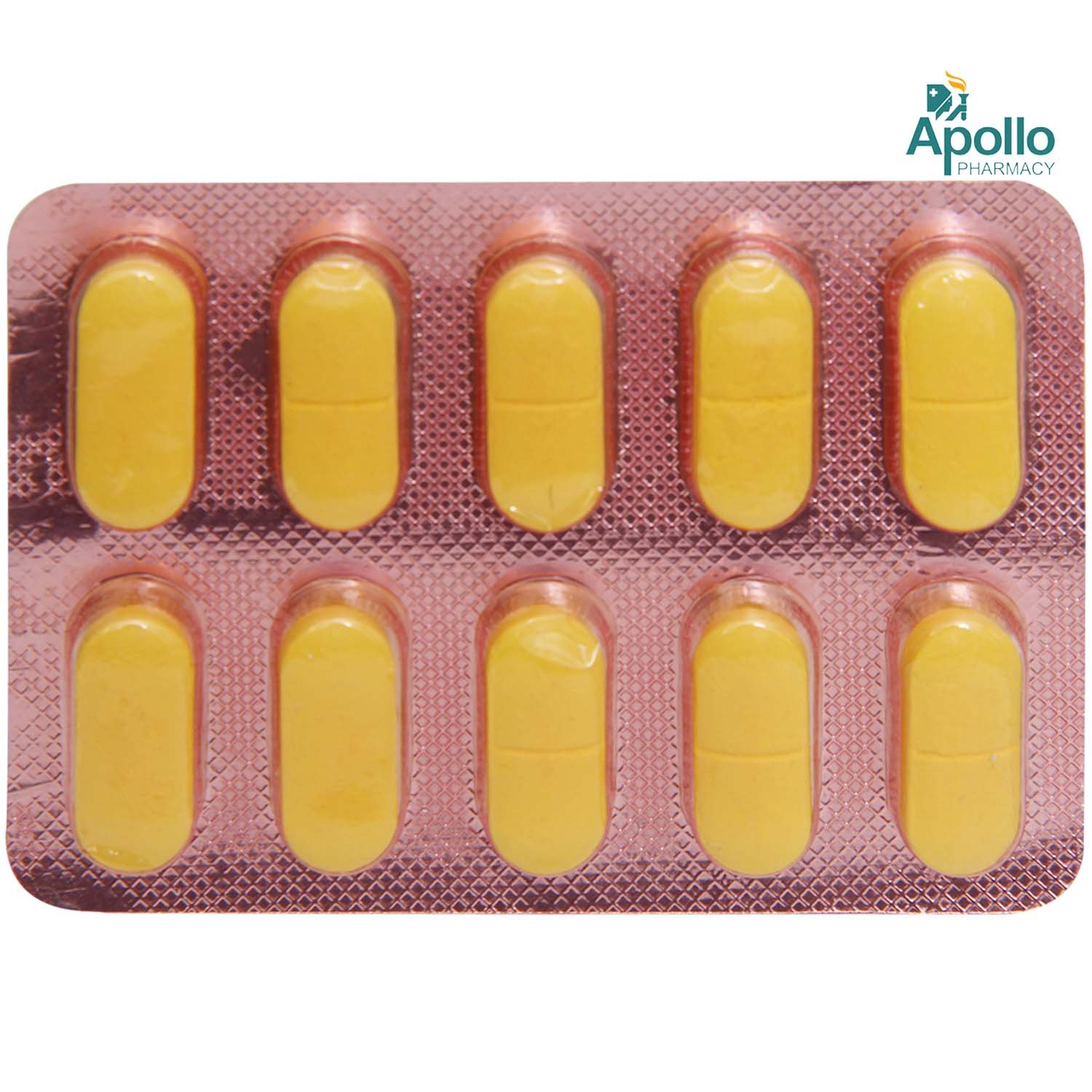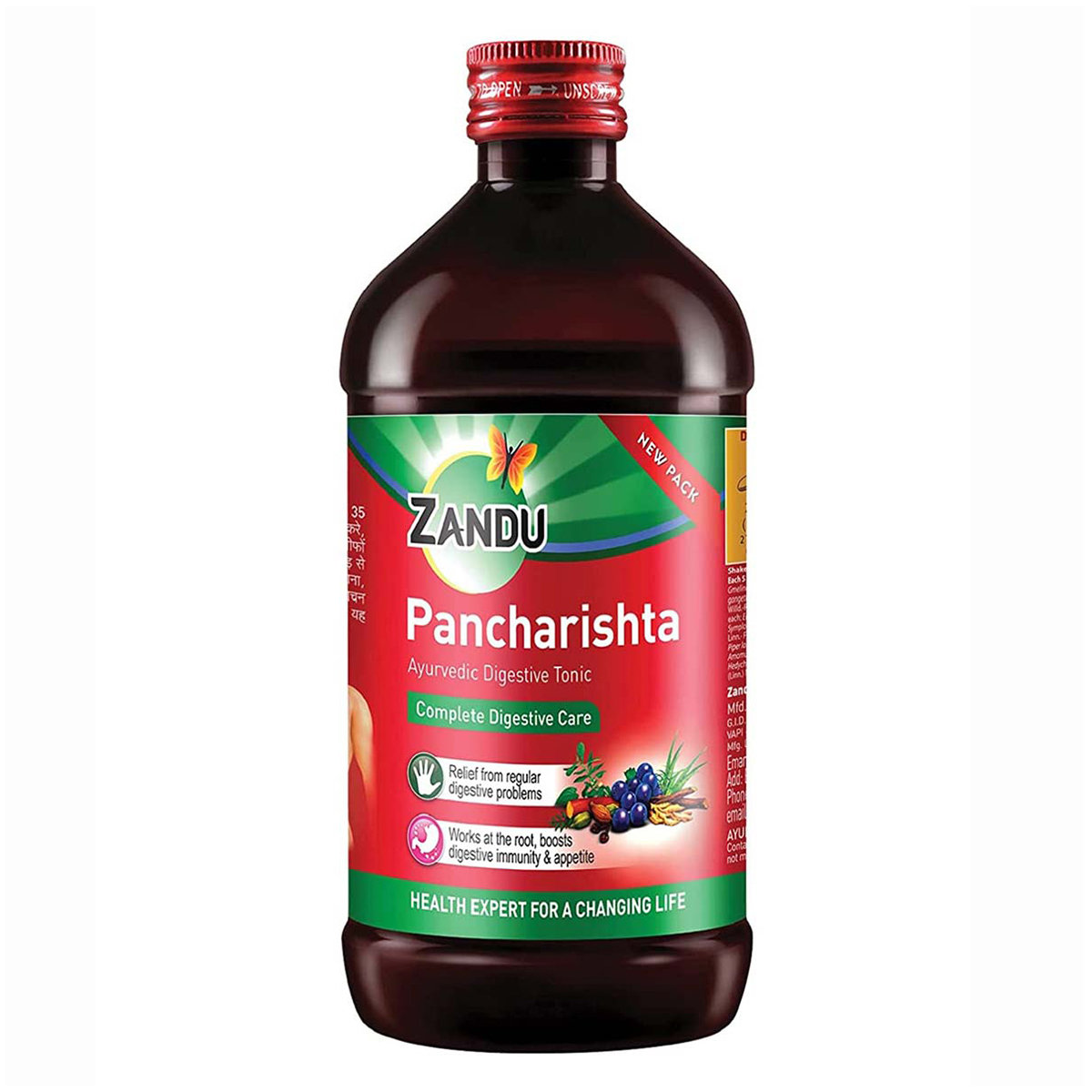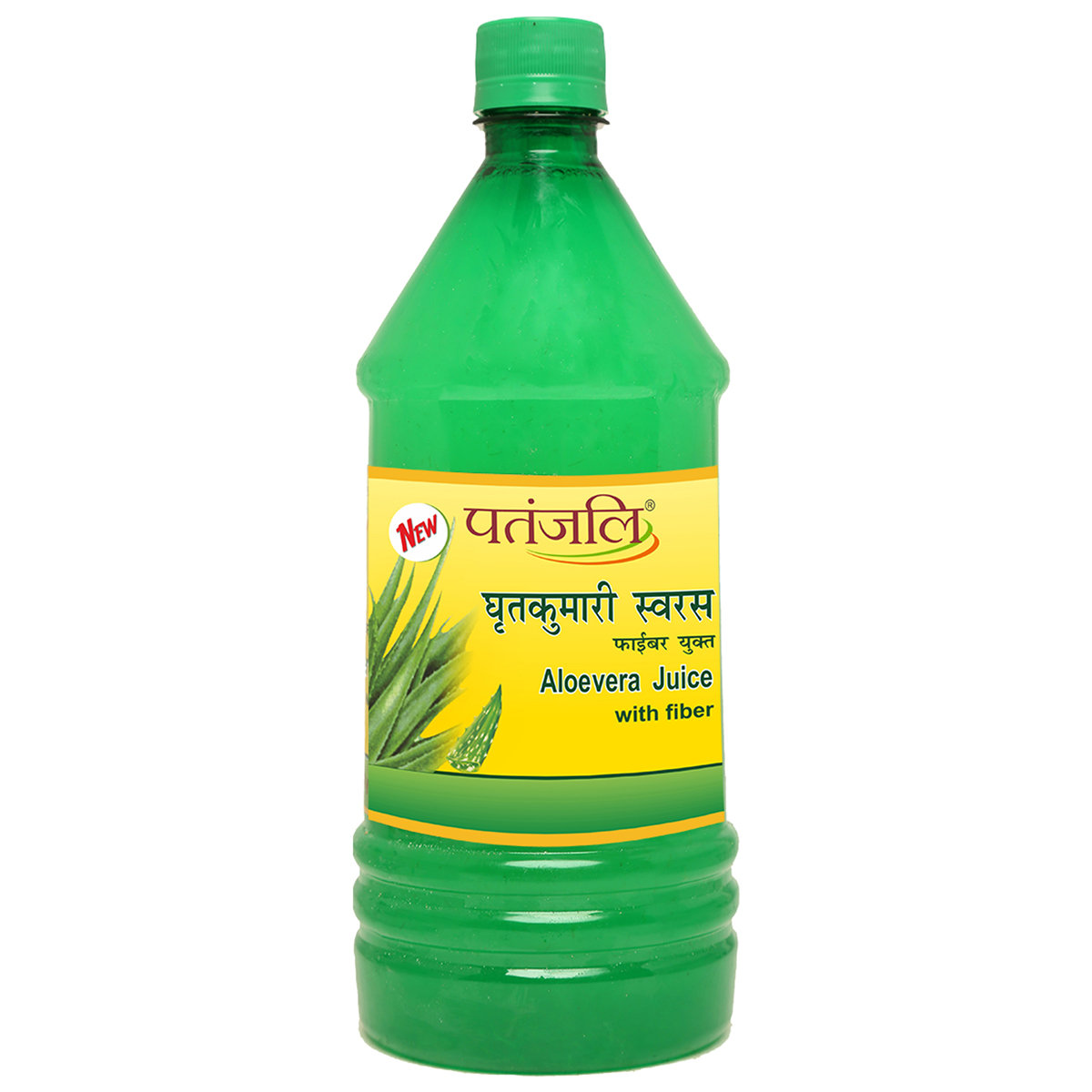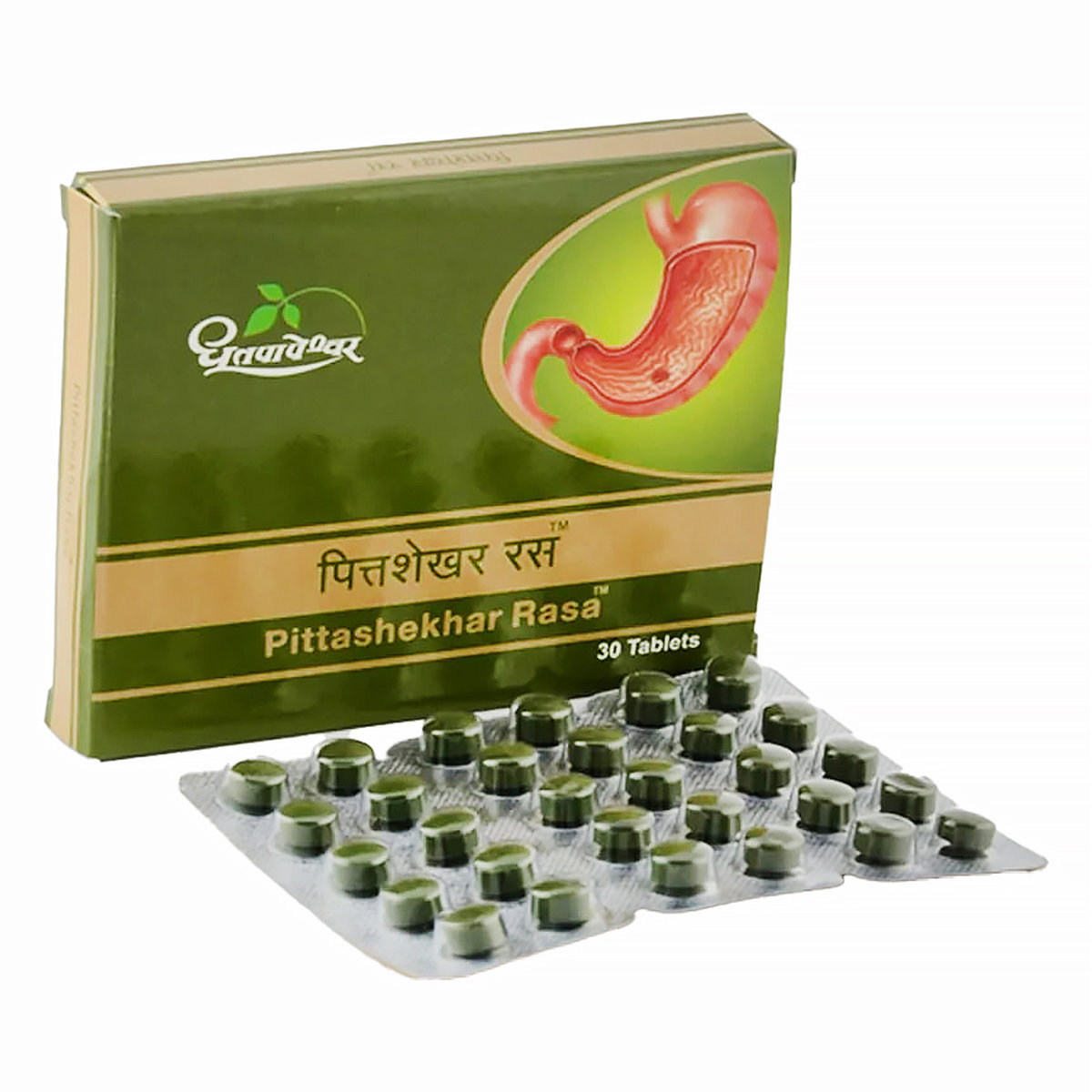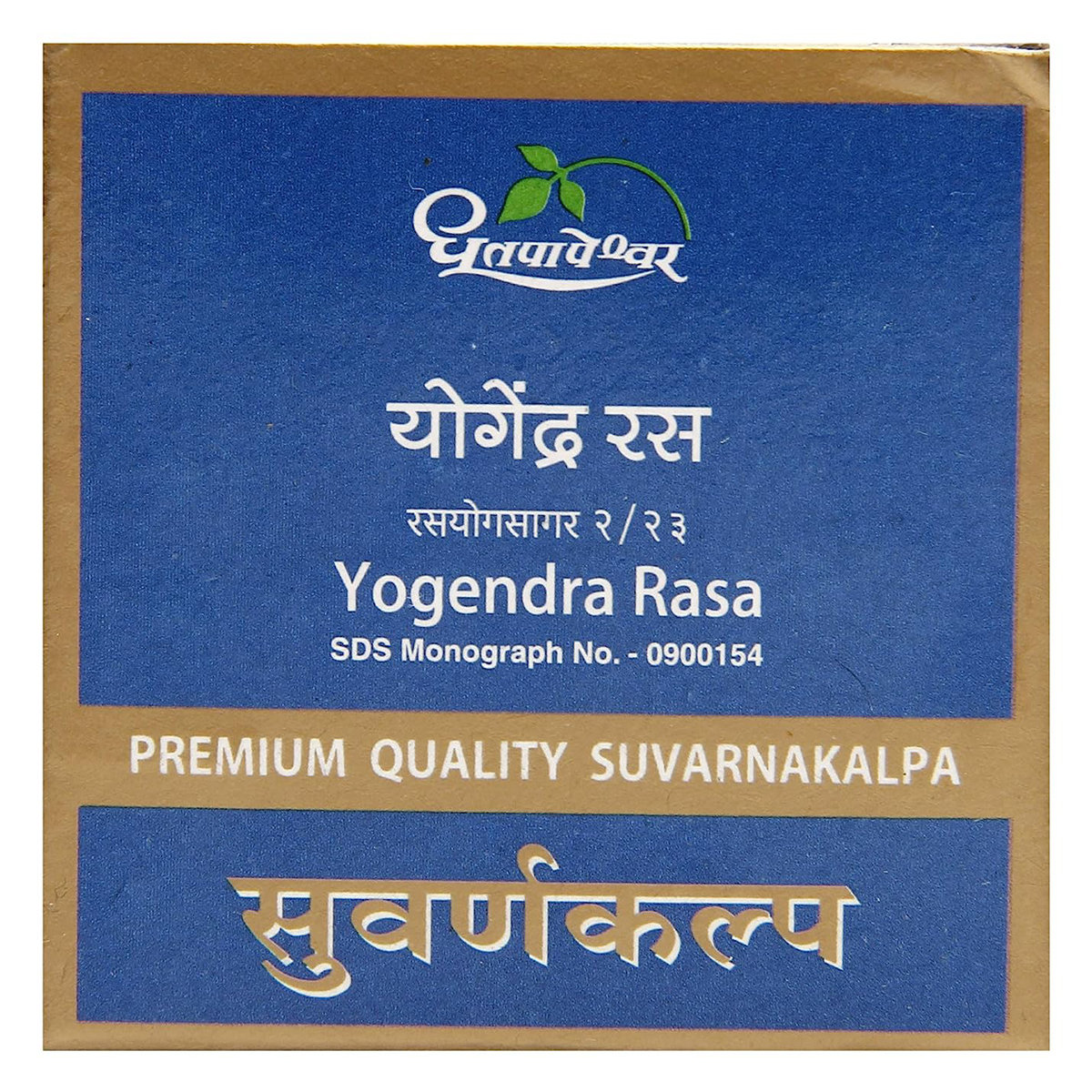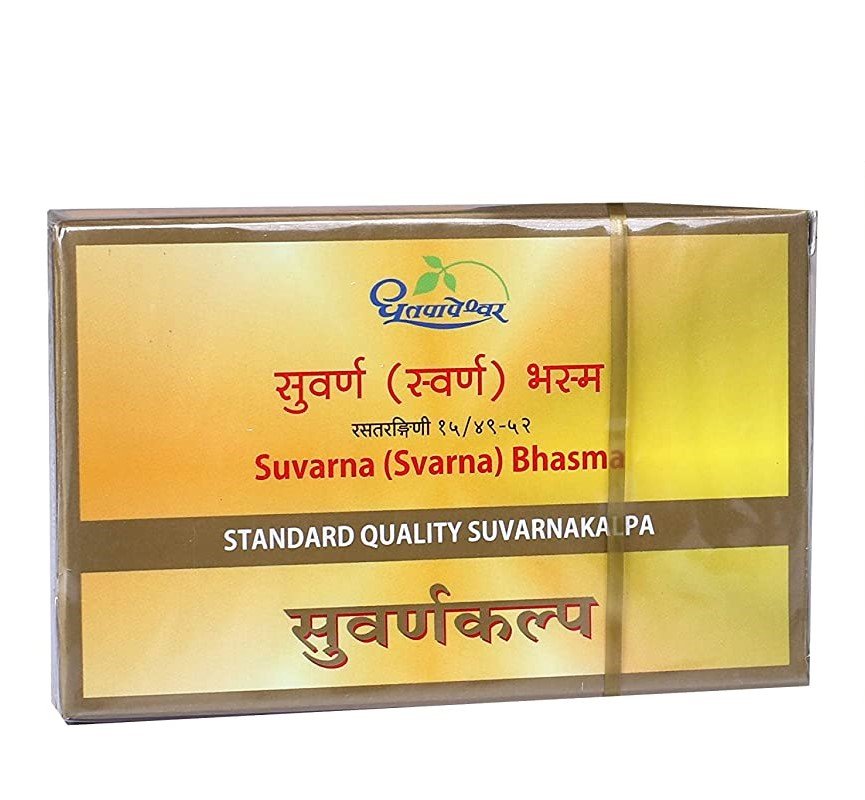Dropac Tablet

MRP ₹57
(Inclusive of all Taxes)
₹8.6 Cashback (15%)
know your delivery time
Provide Delivery Location
Composition :
Manufacturer/Marketer :
Consume Type :
Expires on or after :
Return Policy :

Secure Payment

Trusted by 8 Crore Indians

Genuine Products
Therapeutic Class
Country of origin
Manufacturer/Marketer address
Author Details
We provide you with authentic, trustworthy and relevant information
Disclaimer
Alcohol
Safe if prescribed
You are recommended to avoid alcohol consumption while taking Dropac Tablet . Alcohol intake, along with Dropac Tablet , may cause increased dizziness and risk of liver damage.
Pregnancy
Consult your doctor
Dropac Tablet should be used with caution during pregnancy. Please consult your doctor before taking Dropac Tablet .
Breast Feeding
Consult your doctor
Please consult your doctor before taking Dropac Tablet if you are a lactating mother.
Driving
Safe if prescribed
Dropac Tablet may make you feel dizzy. Do not drive or operate machinery if you experience dizziness.
Liver
Consult your doctor
Please consult your doctor since Dropac Tablet should be used with caution in patients with liver impairment/liver disease.
Kidney
Consult your doctor
Please consult your doctor since Dropac Tablet should be used with caution in patients with kidney impairment/kidney disease.
Children
Safe if prescribed
Dropac Tablet is not recommended in children below one year of age.
Product Substitutes
About Dropac Tablet
Dropac Tablet belongs to the class of medicine called 'antispasmodic' combined with a painkiller, used to reduce and relieve abdominal pain and muscle spasms in the gastrointestinal tract, urinary tract and gall bladder. Abdominal (tummy) pain occurs between your chest and pelvic region (below the belly button and leg).
Dropac Tablet is a combination of two drugs: Drotaverine (antispasmodic) and Paracetamol (pain killer). Drotaverine works by relieving contractions (spasms) associated with smooth muscles of the abdomen. Paracetamol is an analgesic (pain reliever) and an antipyretic (fever reducer). It inhibits cyclo-oxygenase (COX) enzymes that further prevent the formation of chemical messengers called 'prostaglandins' (PGs). These prostaglandins are produced at injury sites and cause pain and swelling. By blocking COX enzyme's effect, lesser PGs are produced, which reduces mild to moderate pain and inflammation at the injured or damaged site. Together, Dropac Tablet helps in relieving abdominal pain and cramps.
Your doctor will decide the dose and duration based on the severity of your pain. Common side effects of Dropac Tablet include dry mouth, feeling thirsty, and dizziness. These side effects are not familiar to everyone and vary individually. If you notice any side effects that are not manageable, please consult your doctor.
Let your doctor know if you use any prescription and non-prescription medications, including other vitamins, before starting Dropac Tablet . Inform your doctor if you have any liver, heart or kidney diseases and alcohol dependency before taking Dropac Tablet . Consult your doctor if you are pregnant, planning for pregnancy or breastfeeding before taking Dropac Tablet . Dropac Tablet may cause dizziness, so drive only if you are alert. Avoid consuming alcohol along with Dropac Tablet as it could lead to increased dizziness and risk of liver damage. Dropac Tablet should not be given to children below one year of age as safety has not been established.
Uses of Dropac Tablet
Medicinal Benefits Mweb
Key Benefits
Dropac Tablet consists of Drotaverine (antispasmodic) and Paracetamol (pain killer). It relieves abdominal pain, and muscle spasms in the gastrointestinal tract, urinary tract and gall bladder. Drotaverine works by reducing contractions (spasms) associated with smooth muscles of the abdomen. Paracetamol is an analgesic (pain reliever) and an antipyretic (fever reducer). It inhibits cyclo-oxygenase (COX) enzymes that further prevents the formation of chemical messengers called 'prostaglandins' (PGs). These prostaglandins are produced at injury sites and cause pain and swelling. By blocking COX enzyme's effect, lesser PGs are produced, which reduces mild to moderate pain and inflammation at the injured or damaged site. Together, Dropac Tablet helps in relieving abdominal pain and cramps.
Directions for Use
Side Effects of Dropac Tablet
- Dry mouth
- Feeling thirsty
- Dizziness
- Nausea
- Vomiting
Drug Warnings
Let your doctor know if you use any prescription and non-prescription medications, including other vitamins, before starting Dropac Tablet . Inform your doctor if you have any liver, heart or kidney diseases and alcohol dependency. Dropac Tablet may cause fluid retention (oedema); hence it is advised to monitor blood pressure and cardiovascular status in patients with a heart failure history. Do not take Dropac Tablet if you are breastfeeding. Please consult your doctor know if you are pregnant and planning to conceive. Avoid consuming alcohol along with Dropac Tablet as it could lead to increased dizziness and risk of liver damage. Dropac Tablet is not recommended in children below one year of age.
Drug-Drug Interactions
Drug-Drug Interactions
Login/Sign Up
Co-administration of Dropac Tablet may decrease the excretion rate of Oxazepam which could result in a higher serum level.
How to manage the interaction:
Although there is a possible interaction between Oxazepam and Dropac Tablet, you can take these medicines together if prescribed by a doctor. Do not stop using any medications without a doctor's advice.
Co-administration of ketamine and Dropac Tablet may decrease the effectiveness of Ketamine which could result in a higher blood level.
How to manage the interaction:
Although taking Ketamine and Dropac Tablet together can evidently cause an interaction, it can be taken if a doctor has suggested it. If you're feeling very sleepy or having trouble breathing, it's important to contact your doctor right away. Do not stop using any medications without a doctor's advice.
Co-administration of Teriflunomide with Dropac Tablet may increase the risk or severity of Liver problems.
How to manage the interaction:
Taking Dropac Tablet with Teriflunomide together can possibly result in an interaction, but it can be taken if a doctor has advised it. Do not discontinue any medications without consulting a doctor.
Co-administration of Dropac Tablet and Ketoconazole may increase the risk of liver injury.
How to manage the interaction:
Although there is a possible interaction between Dropac Tablet and Ketoconazole, you can take these medicines together if prescribed by a doctor. However, if you have joint pain or swelling, fever, chills, unusual bleeding or bruising, skin rash, itching, over-tiredness, nausea, vomiting, loss of appetite, stomach pain, dark-colored urine, light-colored stools, and/or yellowing of the skin or eyes, contact a doctor immediately as these may be signs and symptoms of liver damage. Do not discontinue the medication without consulting a doctor.
Co-administration of Dropac Tablet and Leflunomide may increase the risk of liver problems.
How to manage the interaction:
Although there is a possible interaction between Dropac Tablet and Leflunomide, they can be taken together if prescribed by a doctor. However, if you experience fever, chills, joint pain or swelling, unusual bleeding or bruising, skin rash, itching, less desire to eat, fatigue, nausea, vomiting, abdominal pain, or yellowing of the skin or eyes, contact a doctor immediately. Do not discontinue any medications without consulting a doctor.
Co-administration of Dropac Tablet and Valdecoxib may increase the risk or severity of adverse effects.
How to manage the interaction:
Although there is a possible interaction between Dropac Tablet and Valdecoxib, you can take these medicines together if prescribed by a doctor. However, if the side effects worsen, please consult a doctor.
Co-administration of Lomitapide and Dropac Tablet may increase the risk of severity of liver injury.
How to manage the interaction:
Although there is a possible interaction between Dropac Tablet and Lomitapide, you can take these medicines together if prescribed by a doctor. Do not stop using any medications without a doctor's advice.
Co-administration of Mipomersen with Dropac Tablet may increase the risk or severity of liver injury.
How to manage the interaction:
There may be a possibility of interaction between Dropac Tablet and Mipomersen, but it can be taken if prescribed by a doctor. Do not stop using any medications without talking to a doctor.
Drug-Food Interactions
Drug-Food Interactions
Login/Sign Up
Drug-Diseases Interactions
Drug-Diseases Interactions
Login/Sign Up
Drug-Drug Interactions Checker List
- WARFARIN
- METOCLOPRAMIDE
- DOMPERIDONE
- CHOLESTYRAMINE
- IMATINIB
- LEVODOPA
Habit Forming
Special Advise
- Let your doctor know that you are taking Dropac Tablet if you are undergoing any medical tests.
- Monitor your blood pressure regularly since Drotaverine in Dropac Tablet may lower your blood pressure.
- Dropac Tablet may cause fluid retention (oedema); hence it is advised to monitor blood pressure and cardiovascular status in patients with a heart failure history.
Diet & Lifestyle Advise
- Exercising regularly helps in muscle stretching that is less likely to spasm, tear and sprain. Mild exercises such as jogging and walking are helpful for muscle stretching.
- Massages can also be helpful.
- Avoid freezing and hot temperatures.
- Avoid wearing tight-fitting clothes, instead, wear loose garments.
- Rest well, and get plenty of sleep.
- To avoid developing pressure sores, change your position at least every two hours.
- Hot or cold therapy can help treat muscle spasms. Apply an ice-pack or hot-pack on the muscle for 15-20minutes.
- Stay hydrated, drink plenty of water.
All Substitutes & Brand Comparisons
RX
Out of StockDrotapil Plus 80 mg/500 mg Tablet
Psychotropics India Ltd
₹16.18
(₹1.46 per unit)
71% CHEAPERRX
Out of StockDropar Tablet 10's
FDC Ltd
₹31.4
(₹2.83 per unit)
44% CHEAPERRX
Out of StockPasm P Tablet
₹45
(₹4.05 per unit)
21% CHEAPER

Have a query?
Buy best Gastro Enterology products by
Abbott India Ltd
Sun Pharmaceutical Industries Ltd
Alkem Laboratories Ltd
Cipla Ltd
Torrent Pharmaceuticals Ltd
Intas Pharmaceuticals Ltd
Mankind Pharma Pvt Ltd
Lupin Ltd
Dr Reddy's Laboratories Ltd
Aristo Pharmaceuticals Pvt Ltd
Alembic Pharmaceuticals Ltd
Wallace Pharmaceuticals Pvt Ltd
La Renon Healthcare Pvt Ltd
Leeford Healthcare Ltd
Macleods Pharmaceuticals Ltd
J B Chemicals & Pharmaceuticals Ltd
Zydus Healthcare Ltd
Micro Labs Ltd
Zydus Cadila
Fourrts India Laboratories Pvt Ltd
Morepen Laboratories Ltd
Zuventus Healthcare Ltd
FDC Ltd
Eris Life Sciences Ltd
Cadila Pharmaceuticals Ltd
Medishri Healthcare Pvt Ltd
Alniche Life Sciences Pvt Ltd
Medley Pharmaceuticals Ltd
Tas Med India Pvt Ltd
Signova Pharma
Tablets India Ltd
Elder Pharmaceuticals Ltd
Wockhardt Ltd
Emcure Pharmaceuticals Ltd
Sanatra Healthcare Ltd
Glenmark Pharmaceuticals Ltd
Blue Cross Laboratories Pvt Ltd
East West Pharma India Pvt Ltd
Hetero Drugs Ltd
Indoco Remedies Ltd
Vasu Organics Pvt Ltd
Biological E Ltd
Primus Remedies Pvt Ltd
Akumentis Healthcare Ltd
Corona Remedies Pvt Ltd
Pfizer Ltd
Albert David Ltd
DR Johns Lab Pharma Pvt Ltd
Ajanta Pharma Ltd
Cadila Healthcare Ltd
Ipca Laboratories Ltd
Ordain Health Care Global Pvt Ltd
Systopic Laboratories Pvt Ltd
Ozone Pharmaceuticals Ltd
Foregen Healthcare Ltd
Medgen Drugs And Laboratories Pvt Ltd
Panacea Biotec Ltd
Samarth Life Sciences Pvt Ltd
Shine Pharmaceuticals Ltd
Adonis Laboratories Pvt Ltd
Dey's Medical Stores (Mfg) Ltd
Eskag Pharma Pvt Ltd
Hetero Healthcare Pvt Ltd
Indchemie Health Specialities Pvt Ltd
Meyer Organics Pvt Ltd
RPG Life Sciences Ltd
Troikaa Pharmaceuticals Ltd
Biochem Pharmaceutical Industries Ltd
Shreya Life Sciences Pvt Ltd
Sinsan Pharmaceuticals Pvt Ltd
3M India Ltd
Chemo Healthcare Pvt Ltd
Levin Life Sciences Pvt Ltd
Meridian Enterprises Pvt Ltd
Overseas Health Care Pvt Ltd
Saf Fermion Ltd
Sanzyme Pvt Ltd
Steris Healthcare
USV Pvt Ltd
Seagull Pharmaceutical Pvt Ltd
Votary Laboratories (India) Ltd
Win Medicare Ltd
Yuventis Pharmaceuticals
Aar Ess Remedies Pvt Ltd
Caplet India Pvt Ltd
Piramal Enterprises Ltd
Sanofi India Ltd
Cnx Health Care Pvt Ltd
Galpha Laboratories Ltd
Intra Labs India Pvt Ltd
Kinesis Pharmaceuticals Pvt Ltd
Msn Laboratories Pvt Ltd
Olcare Laboratories Pvt Ltd
Rapross Pharmaceuticals Pvt Ltd
Ronyd Healthcare Pvt Ltd
Saffron Therapeutics Pvt Ltd
Solariz Healthcare Pvt Ltd
Syndicate Life Sciences Pvt Ltd
Aurz Pharmaceutical Pvt Ltd
Biophar Lifesciences Pvt Ltd
Customers Also Bought





